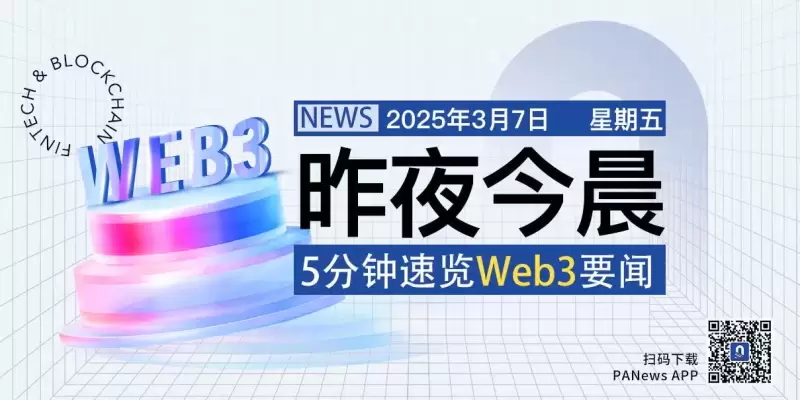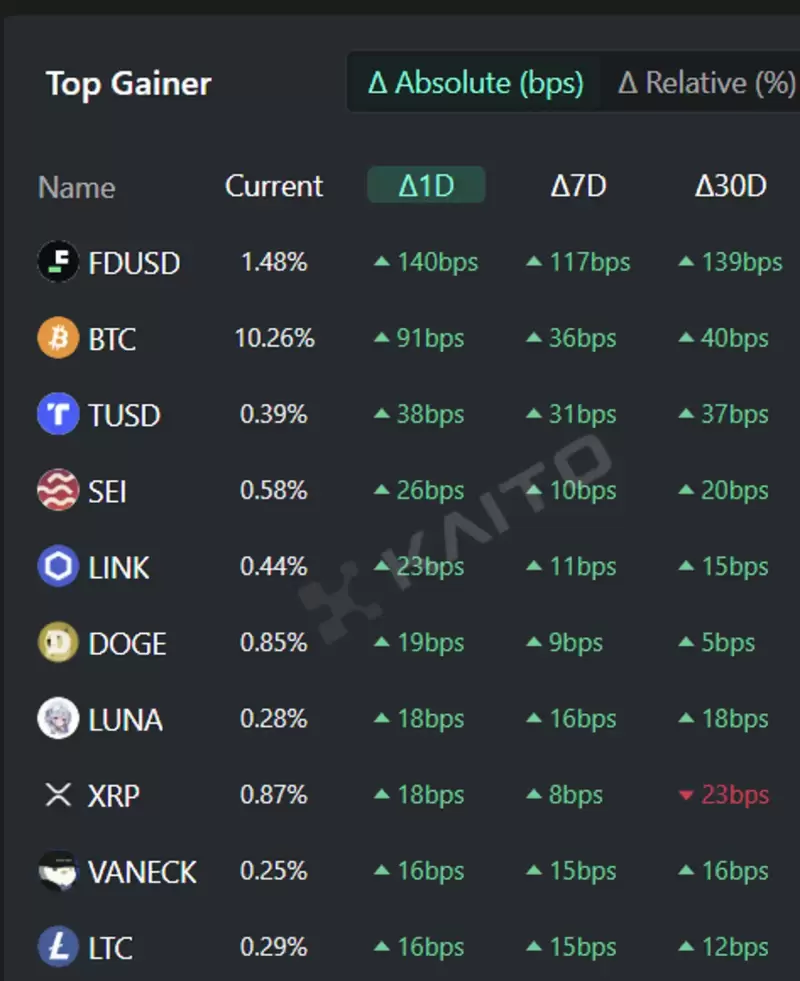 |
|
 |
|
 |
|
 |
|
 |
|
 |
|
 |
|
 |
|
 |
|
 |
|
 |
|
 |
|
 |
|
 |
|
 |
|
Cryptocurrency News Articles
Tether (USDT) Market Cap Falls Amid MiCA Implementation
Jan 03, 2025 at 01:00 am
The cryptocurrency landscape is shifting as regulatory frameworks like Europe's Markets in Crypto Assets (MiCA) take center stage. Tether (USDT), the world's largest stablecoin issuer, is at the forefront of this regulatory wave, witnessing its sharpest market cap decline in two years.

World’s largest stablecoin faces sharpest market cap decline in 2 years as Europe’s Markets in Crypto Assets (MiCA) regulatory framework begins implementation.
The new cryptocurrency regulations, which went into effect on December 31, saw Tether (USDT) experience a 1% decline in market capitalization, falling from a record high of $140 billion in mid-December to $137 billion. This marks the steepest weekly drop in USDT capitalization since the FTX collapse in November 2022.
As MiCA commenced operations, it mandated that issuers of stablecoins, classified as e-money tokens (EMTs), obtain licenses to trade or offer their services within the European Union. Major cryptocurrency exchanges based in the EU, such as Coinbase, responded by delisting USDT, raising concerns regarding market volatility and a potential decrease in trading liquidity within the region.
MiCA Classifies Stablecoins: ARTs and EMTs
Under the MiCA framework, stablecoins are categorized into two main types:
– Asset-Referenced Tokens (ARTs): These stablecoins are pegged to a specific fiat currency, such as the Euro or US Dollar, and are designed to maintain a stable value relative to the underlying asset. Examples of ARTs include Tether (USDT) and USD Coin (USDC).
– E-Money Tokens (EMTs): Stablecoins classified as EMTs are backed by a pool of fiat currency or other highly liquid assets and are pegged to the Euro. These tokens are subject to stricter regulations compared to ARTs.
The new regulations, which were first introduced six months ago and will be fully enforced in December 2024, aim to provide oversight for these tokens to ensure market stability and consumer protection.
Tether’s Challenges and Strategic Moves in Europe
The MiCA framework presents challenges for Tether, as its flagship stablecoin, USDT, now faces restrictions on centralized cryptocurrency exchanges that adhere to the new rules. While EU-based traders can still hold USDT in non-custodial wallets, they are unable to trade it on regulated platforms.
In an effort to maintain a presence in the European market, Tether has made strategic investments in local stablecoin issuers, such as StablR, as it pivots to influence the market indirectly.
Europe’s Potential Loss in Global Crypto Expansion
Tether’s reduced presence in Europe could have wider implications. According to market analysts, the EU may find itself at a disadvantage compared to the United States, where crypto-friendly policies implemented during Donald Trump’s administration have fostered the growth of the crypto industry.
While MiCA aims to reduce market volatility and enhance consumer trust in cryptocurrencies, critics caution that over-regulation might deter global investors from choosing Europe as a base for their crypto operations. This could widen the gap between the EU and more permissive jurisdictions, such as the US or Asia, where Tether continues to dominate the stablecoin market.
The Coming Months: Stablecoin Battleground
As MiCA reshapes the regulatory landscape in Europe, the stablecoin market is also undergoing a rebalancing. Tether still leads the pack with a market capitalization of $137 billion, but its decline contrasts with the growth of competitors such as USD Coin (USDC), which has positioned itself as MiCA-compliant.
The coming months will test the resilience of stablecoins like USDT and the adaptability of the crypto industry as it navigates regulatory frameworks while catering to the demands of a global, decentralized economy.
Disclaimer:info@kdj.com
The information provided is not trading advice. kdj.com does not assume any responsibility for any investments made based on the information provided in this article. Cryptocurrencies are highly volatile and it is highly recommended that you invest with caution after thorough research!
If you believe that the content used on this website infringes your copyright, please contact us immediately (info@kdj.com) and we will delete it promptly.
-

- Ripple (XRP) Introduces Its RLUSD Stablecoin to the Stablecoin Market
- Apr 03, 2025 at 04:00 pm
- Ripple introduced its RLUSD stablecoin to the stablecoin market through its launch on Kraken cryptocurrency exchange. The USD-pegged stablecoin aims to boost its cross-border payment functions and integrate with the payment platform.
-

-

- Bitcoin (BTC) Price Consolidation May Be Precursor to a Market Drop, Analyst Says
- Apr 03, 2025 at 03:55 pm
- Bitcoin has seen a notable price consolidation over the past few weeks, trading between the $84,000 and $86,000 levels. Despite the initial surge in price, the cryptocurrency has faced a decline of 3.7% in the past week and nearly 10% in the past month, signaling a period of stagnation in its upward momentum.
-

- The OFFICIAL TRUMP price plummeted over 9% in the last 24 hours to trade at $9.29
- Apr 03, 2025 at 03:55 pm
- The drop in the TRUMP price comes after US President Donald Trump signed an executive order establishing reciprocal tariffs on trading partners and a 10% baseline tariff on all imports from all countries.
-

-

-

- FDUSD, BTC, TUSD, SEI, and LINK are the top 5 virtual asset-related keywords attracting the most interest
- Apr 03, 2025 at 03:45 pm
- According to the Token Mindshare (a metric quantifying the influence of specific tokens in the virtual asset market) top gainers from the AI-based Web3 search platform Kaito
-

-





























































